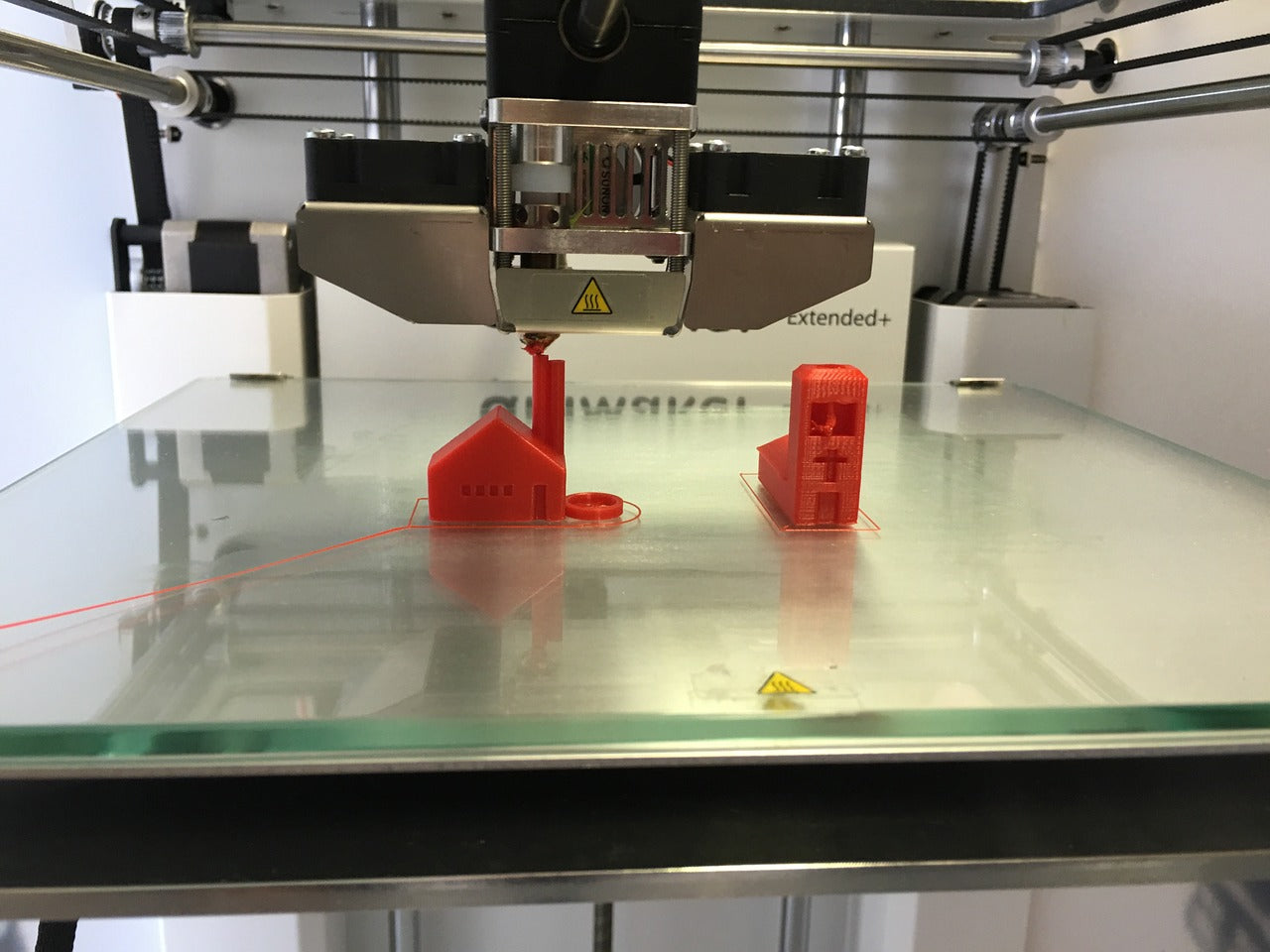
We all know that 3D printing is a long process. You would have to wait overnight for any 3D printing project to be finished. You can’t just speed up the print time setting on your slicer software either. Doing so will only degrade the quality of your prints, therefore requiring you to restart the printing. How will you speed up the 3D printing time without sacrificing the quality while also saving time, energy, and costs in the process? Read more about our 4 Time-Saving Tips for Speeding Up 3D Printing Time!
Tweak the printing speed
We know we just said that you can’t just increase the 3D printing speed on your slicer program. But what we meant is that you can’t speed it up unless you use materials that are optimised for high-speed printing. Keep in mind though that there are 3D printer filaments that require slower printing times as it may affect the quality of the print.
Print multiple models together
You can print multiple prints together, but you have to be careful with how you arrange it on the print bed. Adjust the configuration to minimize the stringing between them or to keep the stringing strictly on the corners of the prints. This cuts your printing time in half especially if you’re printing batches or multiple copies of one model.
Adjust infill density and wall thickness
If your print doesn’t require as much strength and durability and will be mostly used for decorative purposes, you can reduce its infill density and wall thickness. Infill’s purpose is to strengthen and solidify the structure of a 3D print. So it would be unnecessary if your print is non-functional. On the other hand, the wall thickness can be made thinner if the strength isn’t a priority. Thinner walls only require single-pass printing unlike with thicker walls where they undergo more passes to be completed.
Use a larger nozzle
Nozzles with larger diameters speed things up but result in lesser detail and rounded corners. This is ideal for prints with not a lot of surface details. Otherwise, you have to use a small layer height in order to maintain the surface details and print accuracy. You also have to make sure that the minimum feature of your X and Y-axis are larger than your nozzle size. So if your print has thin walls of 0.6mm, make sure to use nozzles that are equal or smaller than the width.
Get faster 3D printing times with these 4 Time-Saving Tips!
Faster 3D printing has consequences. If your 3D prints don’t require strength or have intricate details, you can have a little leeway for quality and employ these tips to speed up the process. For inquiries, you can contact us by phone and email.

